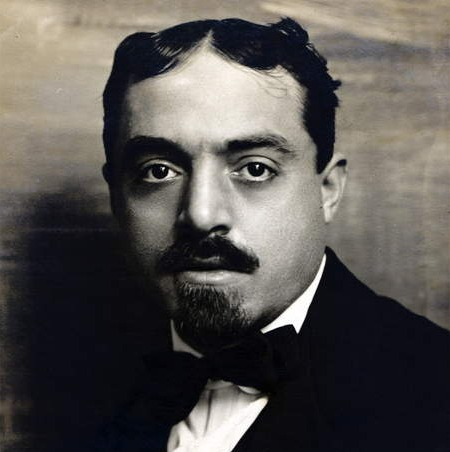
Carrà Carlo
Carlo Carrà was an Italian painter and one of the leading figures of the Italian Futurist movement. He was born in Quargnento, a small town in the Piedmont region of Italy, and grew up in a family of artisans. He began his artistic training as a teenager, studying at the Accademia Albertina in Turin.
In 1910, Carrà met the poet Filippo Tommaso Marinetti, who would become the founder of the Futurist movement. Carrà was immediately drawn to Marinetti's ideas about the intersection of art and technology, and he became one of the movement's most important painters.
Carrà's early works were heavily influenced by the Futurist aesthetic, with their emphasis on speed, movement, and the mechanical world. He often depicted modern urban landscapes, industrial sites, and the emerging technologies of the early 20th century. His paintings were characterized by their bright colors, dynamic compositions, and bold use of geometric shapes.
During World War I, Carrà served in the Italian army and was wounded in battle. The experience had a profound impact on his art, and he began to move away from the more extreme aspects of Futurism. He began to explore a more contemplative style, focusing on the beauty of the natural world and the human form.
In the 1920s and 1930s, Carrà became associated with the Italian metaphysical art movement, which was characterized by its dreamlike imagery, mysterious atmospheres, and symbolic motifs. His paintings during this period were often eerie and unsettling, with enigmatic figures set against stark, empty landscapes.
In the 1940s and 1950s, Carrà returned to a more figurative style, and his paintings often featured traditional Italian themes such as still lifes, landscapes, and religious scenes. He continued to paint until his death in Milan in 1966.
Years:
Born in 1881
Country:
Italy, Quargnento